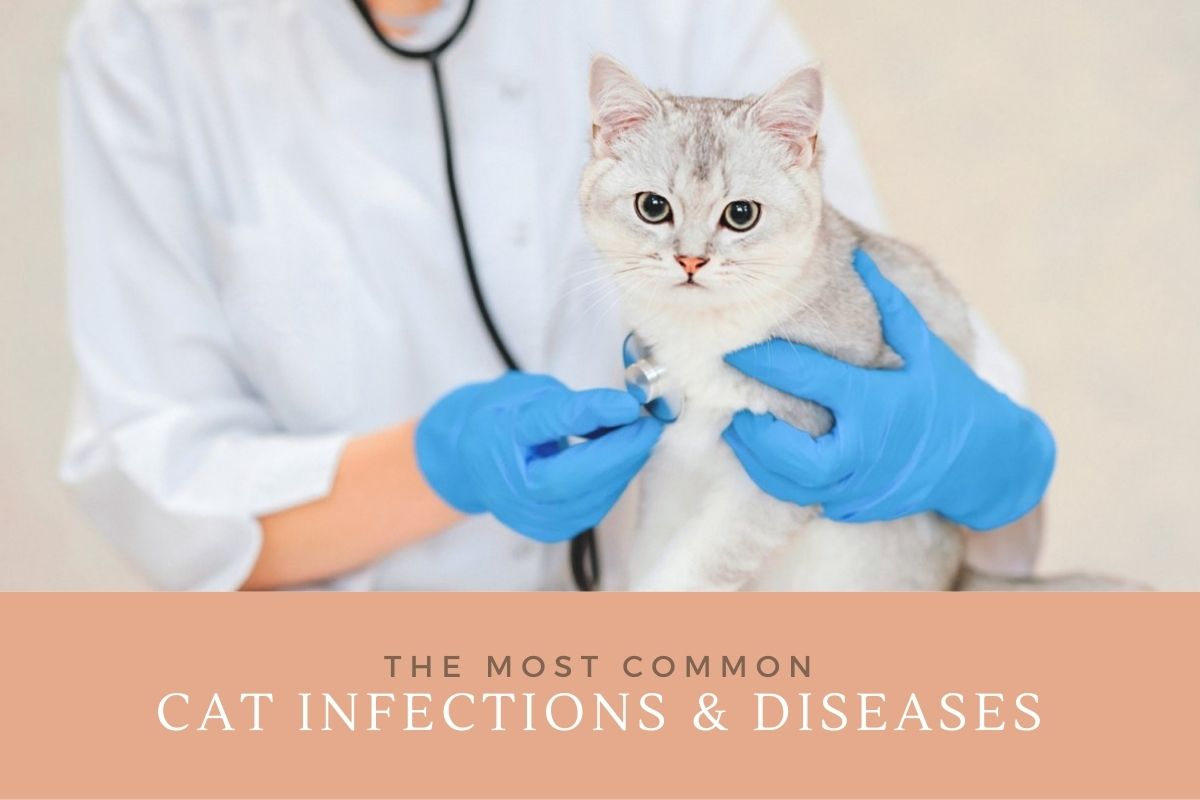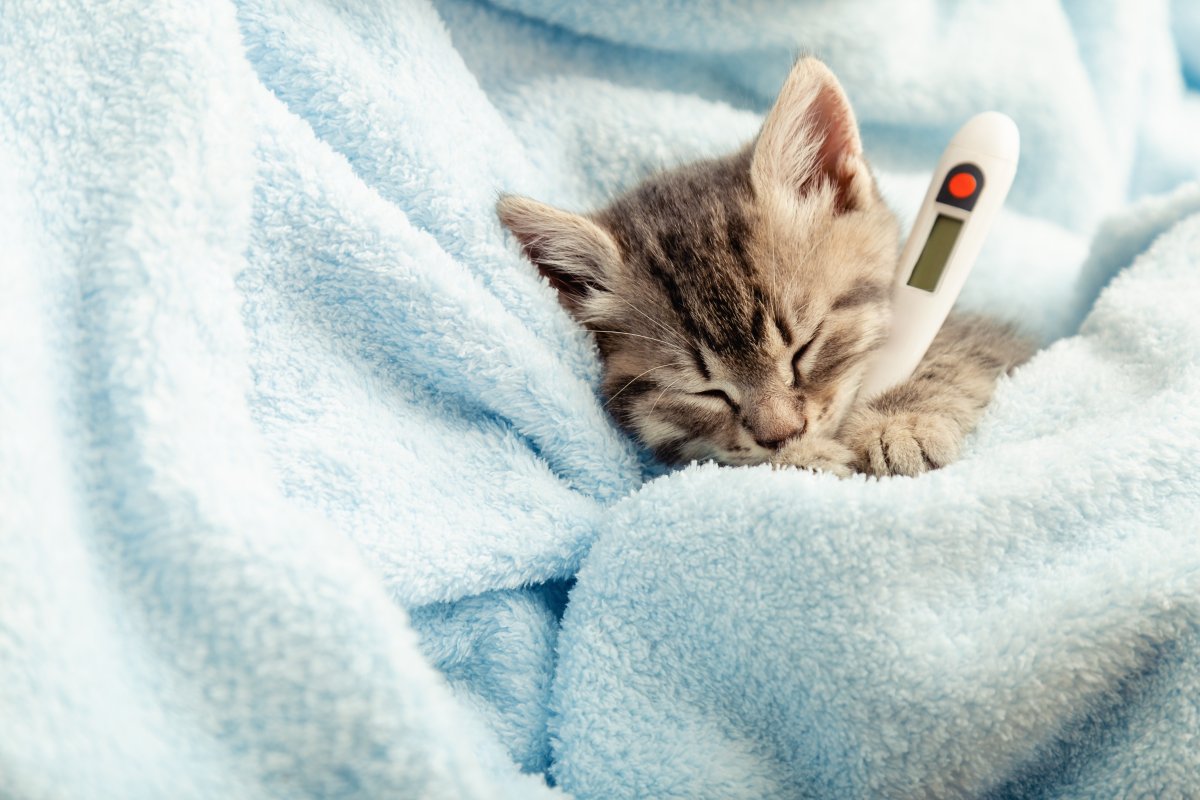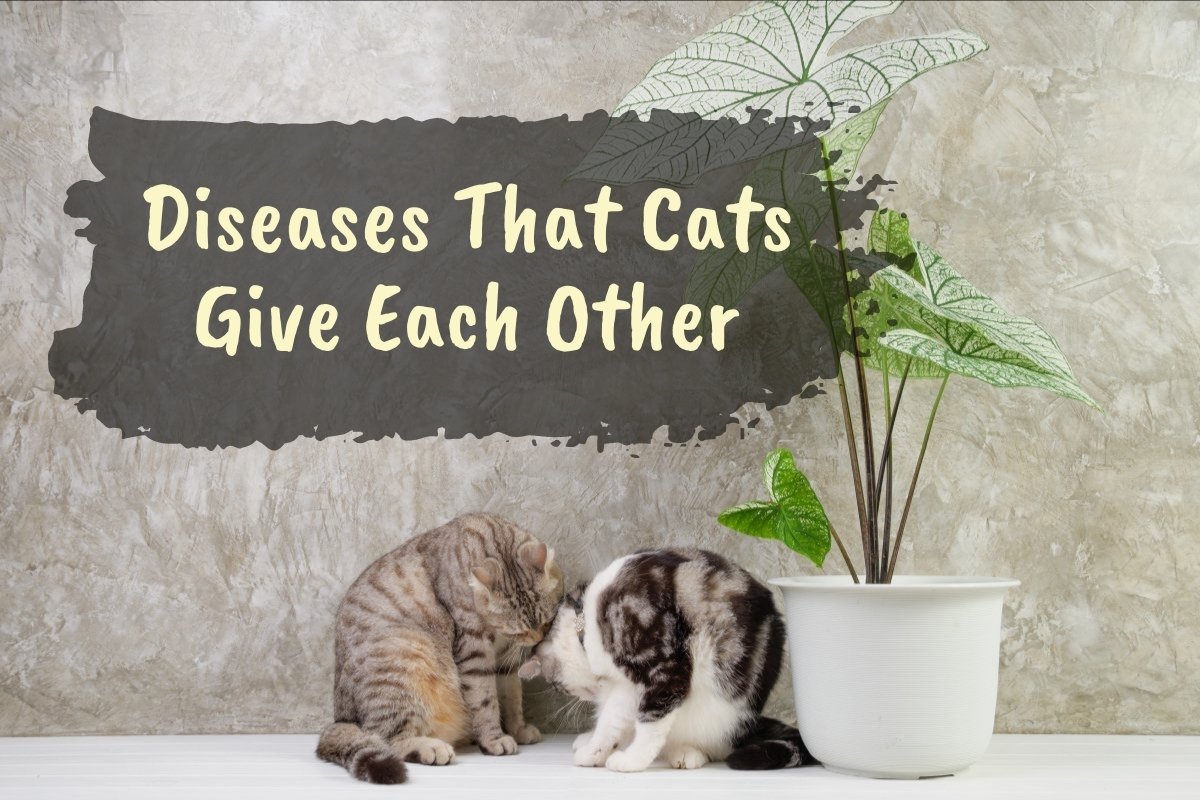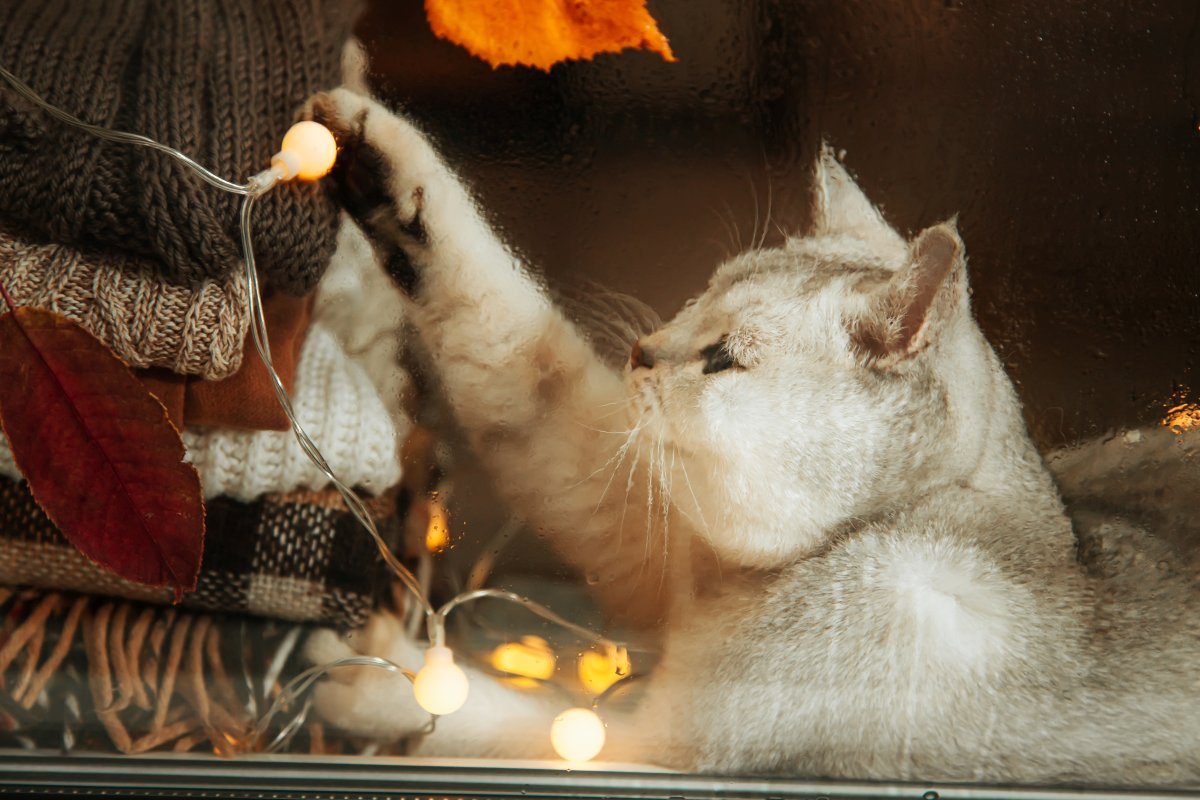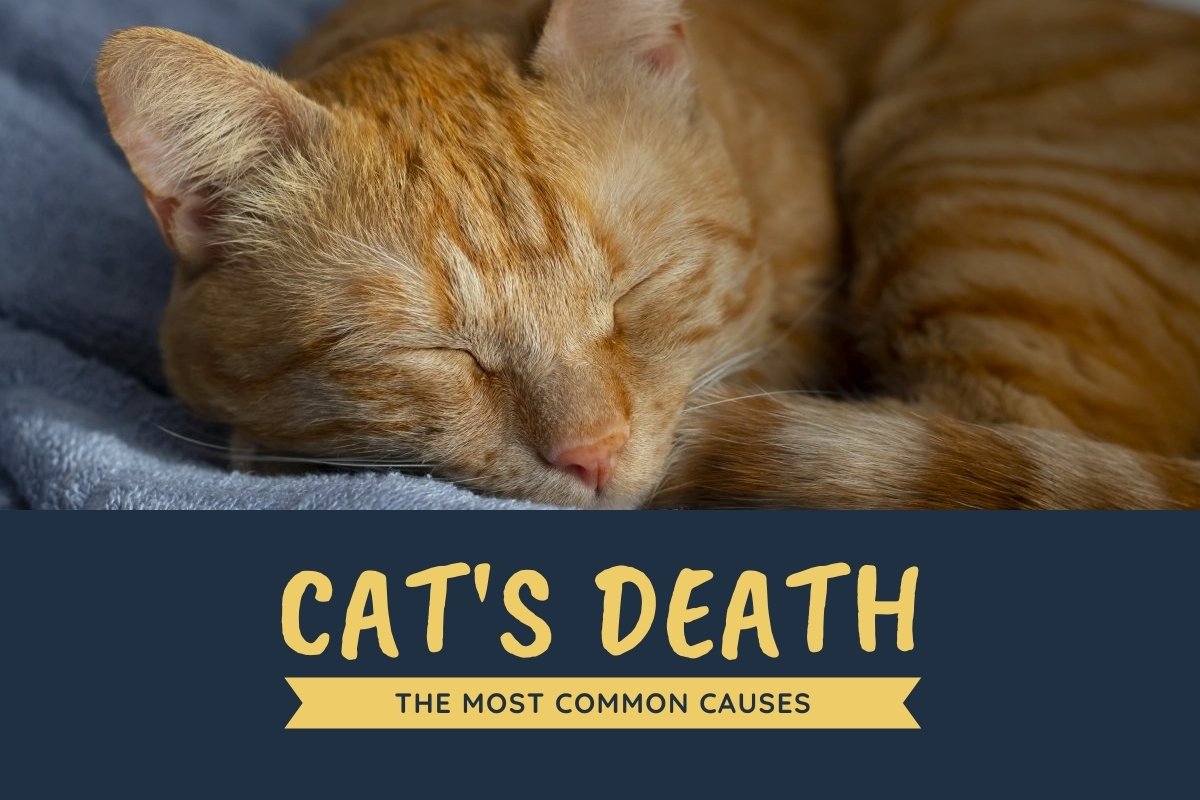Cats are independent, mysterious little creatures. They are masters in hiding their pain and diseases, making it hard for their owners to differentiate between minor and severe health problems. As a pet parent, it is essential to be aware of all the signs and symptoms of your cat’s illness, no matter how minor the problem is. It is crucial to prioritize your cat’s health so that you can seek the veterinarian if anything happens to your feline friend if necessary.
We have looked close to all the common symptoms of infections and diseases in cats; read on to know about common cat infections that frequently impact cats.
Vomiting
Vomiting is one of the biggest problems in cats with multiple causes. Vomiting can be caused if a cat eats something poisonous or inedible, resulting in infection, diabetes, hairballs, and urinary tract disease.
The symptoms of vomiting are apparent, and your cat will show the signs of drooling and abdominal heaving. Call your vet immediately if your little one is vomiting continuously because vomiting quickly hydrates cats. It would be best if you collected the samples of your cat’s vomit to show to your vet.
Upper Respiratory Infections
Upper respiratory infections (URI) are the upper respiratory disease that causes due to easily transmissible viruses and bacteria, resulting in pneumonia by spreading to the lower respiratory system. You will see the yellow or green discharge coming out of your cat’s eyes, and she will also show the signs of decreased appetite, sneezing, difficult breathing, squinting, and lethargy. These infections in cats can be reduced by using some medications such as eye drops, antibiotics, antiviral or nebulization medication.
Fleas
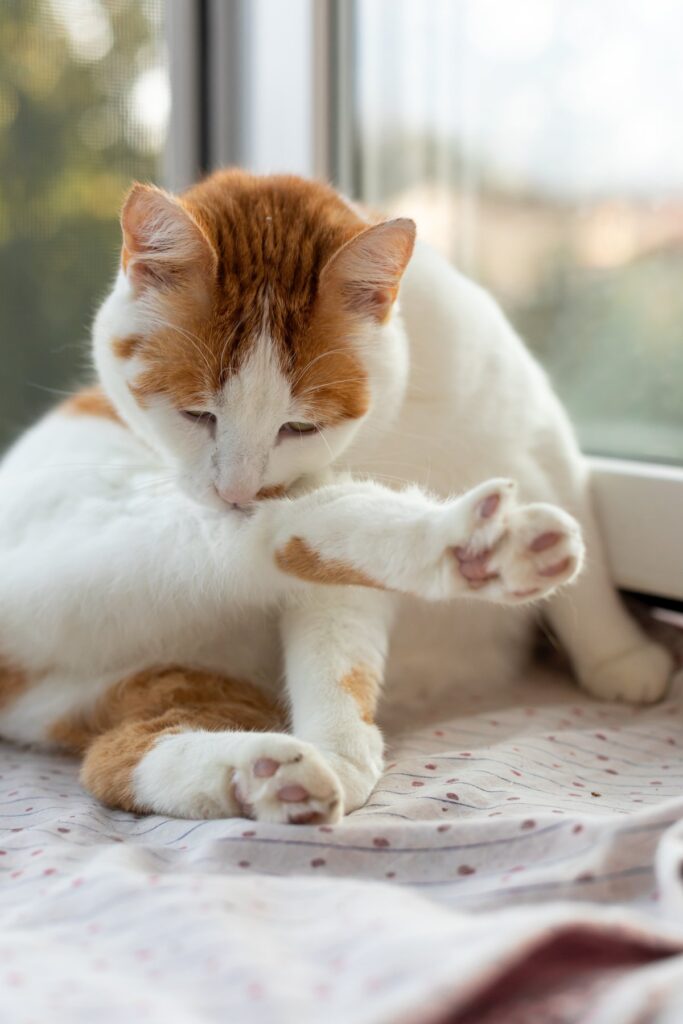
Fleas are the common external cat health problem, and it lives for more than a year. It can also risk anemia in cats if the condition becomes severe. Your cat is more likely to show signs of constant scratching, hair loss, red or irritated skin, skin infections or hot spots, frequent licking, or flea dirt on the skin like tiny black dots.
If your cat suffers from this disease, talk to your vet about flea control and prevent future infestations. It can be treated with oral medication, foams, powder, and topical medication. Some special shampoos are also available for fleas treatment.
In addition, fleas are uncommon in Utah. If you have a cat outside of the Utah region, then be aware of the fleas.
Diabetes
Diabetes is a complex disease in cats caused by the insufficient response to insulin or the lack of hormone insulin. When a cat eats food, her nutrition breaks into various components, such as glucose that is carried by insulin to the cat’s cell. When a feline fails to produce insulin or becomes unable to utilize it, resulting in elevated blood sugar levels, which causes hyperglycemia. It can also cause several health problems in cats if the disease is left untreated.
Tapeworms
Tapeworms often grow inside the intestine of a tiny kitten, and it is one of the most common feline health issues. Sometimes tapeworms grow as long as 2 feet; their segments break apart when expelled. It is impossible to see a whole worm; you will usually see the segments.
Tapeworm symptoms include weight loss and vomiting in cats. The best and easy way to tell this disease is by examining the cat’s feces around its bedding and anus. Inspect the cat’s anus when she is sleeping because, during this time, they often come out from the place. If you notice any white or grain-like white worms, then your feline friend is likely to have tapeworms.
You can treat your cat with oral injections or topical medication. Some other reasons result in getting tapeworms in your cat if she swallows a flea. Therefore, before tackling tapeworm, be sure to deal with any flea problems.
Eye Problems
Cats’ eye problems are caused by numerous factors such as cataracts, conjunctivitis, viruses, retinal disease, trauma, inflammation, and glaucoma. Your cat will have watery eyes, red or white eyelid linings, tear-stained fur, gunk in the eyes corner, cloudiness, pawing at the eyes, squinting, or visibility of the third eyelid.
If you do not know the reason behind the cat’s eye problem, then before the vet wipes away the gunk with a damp cotton ball from her eyes.
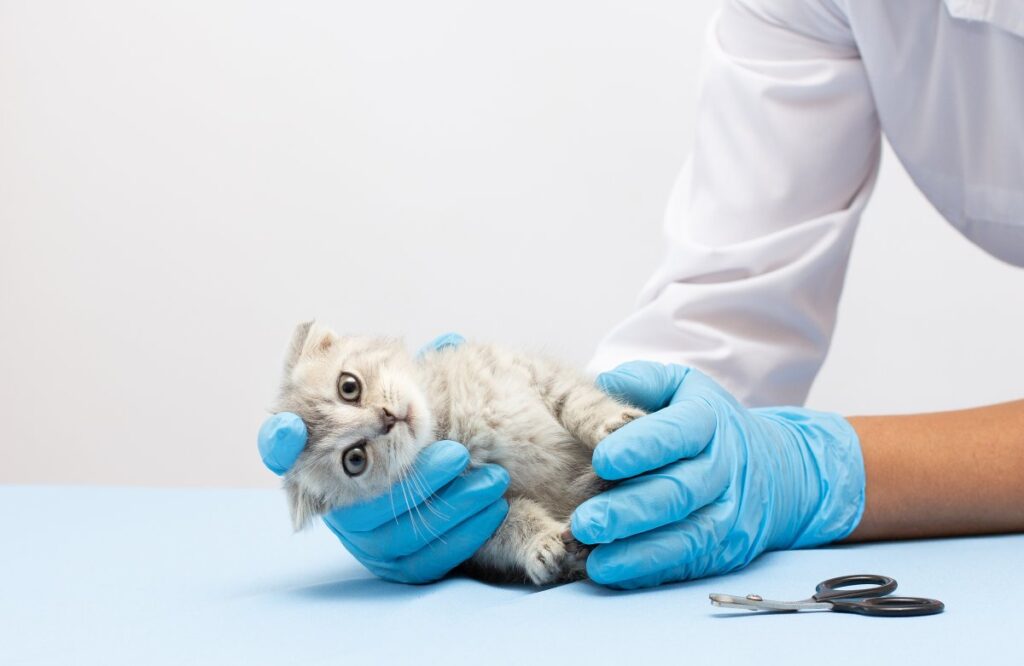
Cancer
Cancer is more common in dogs, but now we still see cancer showing up frequently in cats. It is rare in kittens, but it always results more drastically when cancer happens than in dogs with cancer.
Like humans, cancer in cats is also centralized in a particular part of the body. Tumors arise in that area, spread throughout the feline’s body rapidly in the cells, and invade parts of the cat’s body. Environmental and hereditary aspects are the two main reasons for cancer in cats.
The symptoms of cancer in cats include swelling, bad breath, lumps, loss of appetite, vomiting, diarrhea, and weight loss.
Cancer treatment depends on the type and stage of cancer. Common treatments include radiation, chemotherapy, and immunotherapy.
Rabies
Cats are the most common pet animals affected by rabies. When a rabid animal bites a cat, she will show some behavioral changes such as neuromuscular effects. It is essential to keep your cat up to date with rabies vaccination and, if possible, keep your cat indoors to prevent her from getting infected by the rabies virus.
Conclusion
It can be stressful to have a sick cat, but the good news is that it is your veterinarian’s responsibility to diagnose your pet. The most important thing you can do for your cat is to keep it at a healthy weight, feed it high-quality cat food, give it plenty of affection, supply fresh water, and brush its teeth. Keep an eye on your cat’s appetite, thirst, and elimination patterns. You should consult a veterinarian to detect unexplained symptoms of the above common cat infections.

